21 Oldest Cities in the World From Around the Globe
For eons great cities have been built by human civilizations. Here are some of the oldest examples.
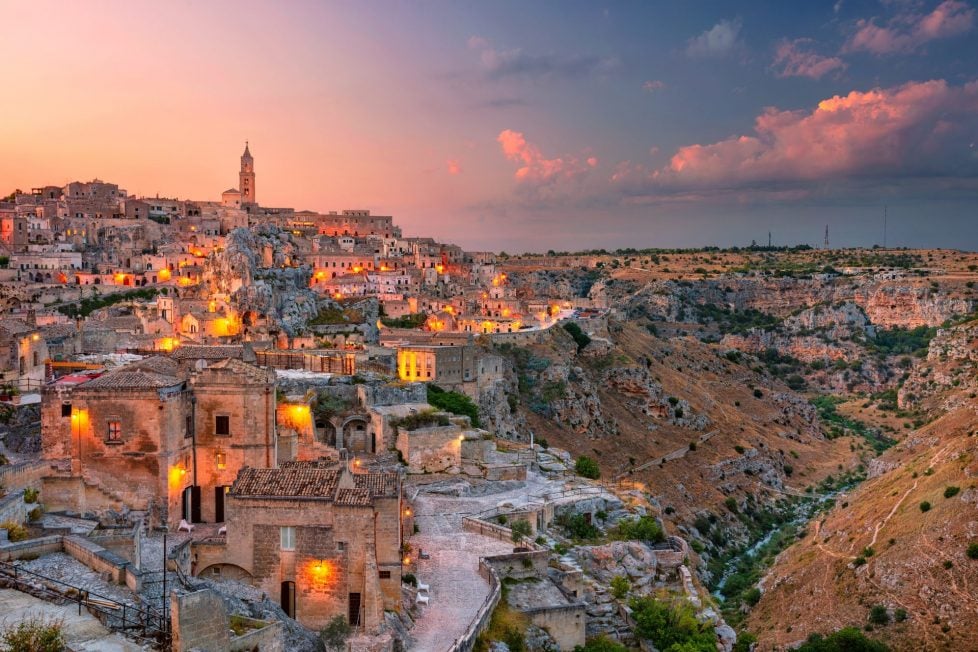
For eons great cities have been built by human civilizations. Here are some of the oldest examples.

Table of Contents
Toggle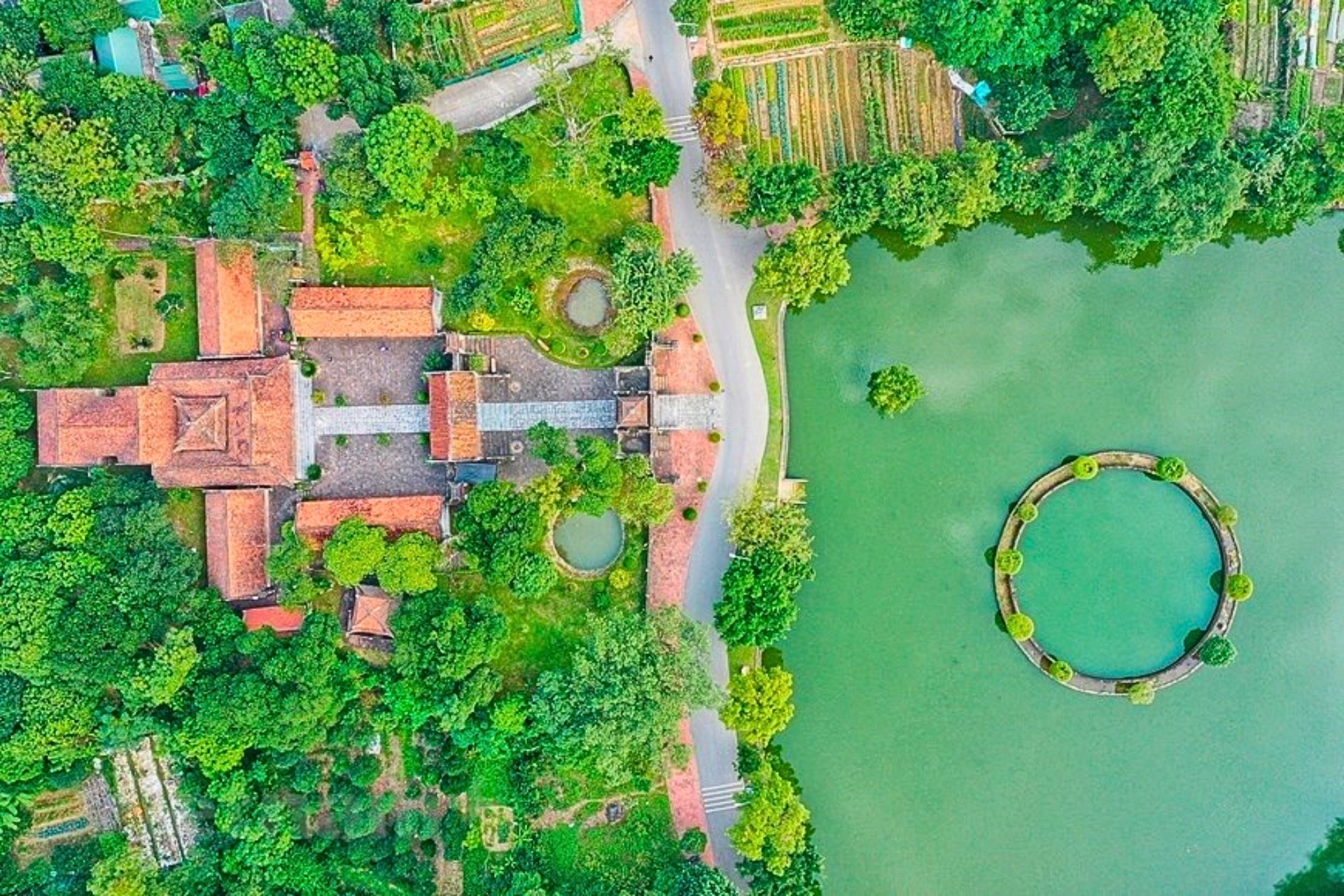
The first glimpses of human habitation in Hanoi can be traced back to the end of the Stone Age around 20,000 to 11,000 years ago when the Son Vi culture was at its peak. In 257 BC the city was established as a capital and reinforced by the fortress of Co Loa. The fortress was built by the Chinese renegade Kinh An Duong, the leader of a band of adventurers fleeing the Qin invasion of southern China.
Referred to as Giao, In 679 the Tang Dynasty relocated their imperial headquarters to the site of modern-day Hanoi which sits south of the Red River.
After a millennia of Chinese domination the first major Vietnamese royal house, the Ly Dynasty, chose Hanoi as their administrative and cultural nucleus in 1009. Known as Thang Long for centuries after, Hanoi, which means ‘Two Rivers’, was given its modern title in 1831 by the last Vietnamese dynasty, the Nguyen.
Hanoi next became a French asset between 1883 to 1945 and was the capital of French-Indochina from 1902. During the Vietnam War the city was heavily bombed and many of its historic monuments were irreparably damaged. It became the capital of Vietnam on July 2nd 1976.
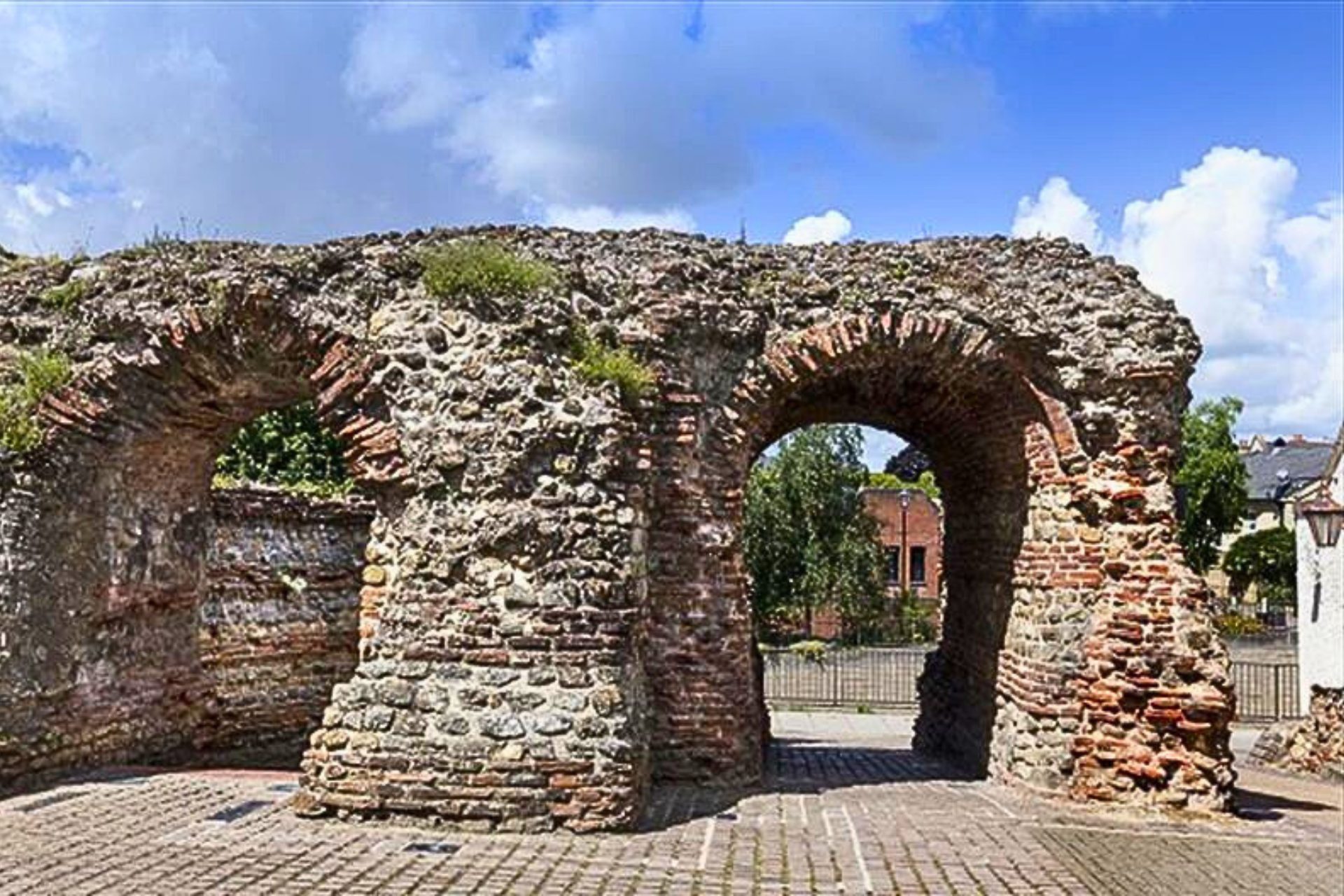
Colchester is the oldest city in England, dated back to 350 BC following excavations at the Garrison, where the remnants of a Middle Iron Age enclosure were uncovered. In addition Colchester, or Camulodunum in its previous incarnation, was the capital of pre-Roman Britain since it was known to the Romans to be the refuge of the tribal chieftain and King of the Britons Cunobelin.
It was also the place where the Romans chose to establish their earliest foothold on the British Isles in 49 AD. In that year it was the first settlement in England to be designated as a Roman Colonia, a site where legionaries and other Romans soldiers would retire upon being honorably discharged from the army. This large concentration of imperial citizens facilitated the spread of Roman culture, tradition, and civilization around the newly founded and as-of-yet untamed province of Britannica.
During the Middle Ages it was a noted producer of wool and leather and was laid siege to during the English Civil War in the 17th century, forcing its residents to eat cats and dogs to survive. In 1884 it was at the epicenter of the Great English earthquake, the biggest of its kind to ever hit the British Isles that measured 5.1 on the Richter scale.
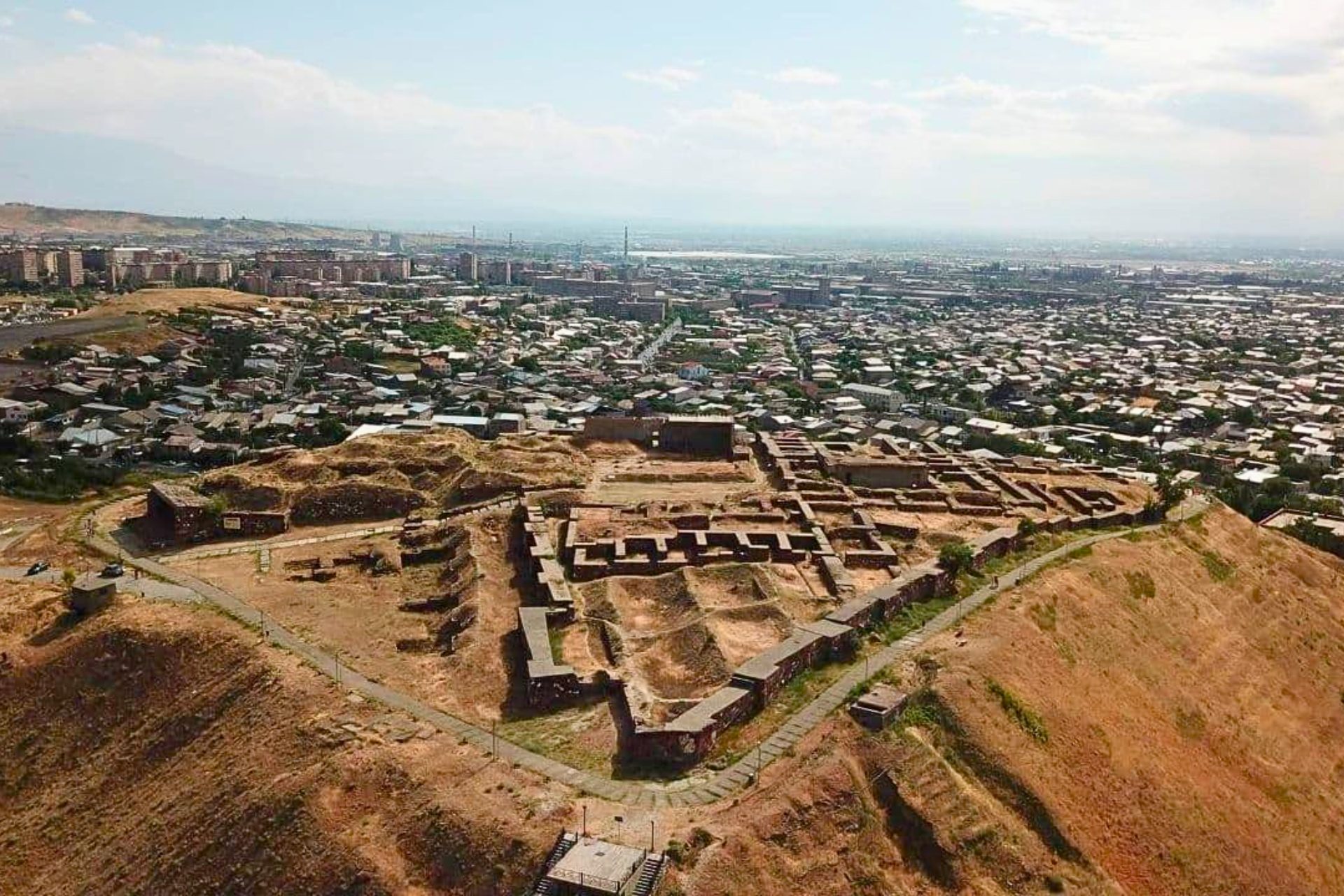
According to an inscription unearthed in 1950, the fortress of Erebuni situated at the western end of the Ararat plain was first constructed in 782 BC at the orders of a certain King Argishti I, figurehead of the Kingdom of Urartu. His goal was to transform the arid desert into a mighty city and to protect his subjects from incursions coming from the North Caucasus.
But Argishti’s vision did not last long, since by the 6th and 5th centuries the Kingdom of Urartu was invaded by the Persian emperor Darius I, who made it the 18th satrapy of his vast realm.
After becoming the first nation to officially adopt Christianity as the state religion in the 4th century, the next major event in its timeline came in 658 when the city was sacked by the Arabs. In this same century it also started to be known widely as Yerevan. Over the next thousand years or so it became the possession of the Bagratuni Armenian royal dynasty, Tamerlane, the Mongols, the Ottomans, and the Soviet Union.
After suffering under the yoke of foreign masters for countless generations, Yerevan finally became independent on September 21st 1991 when it was inaugurated as the capital of the Republic of Armenia.
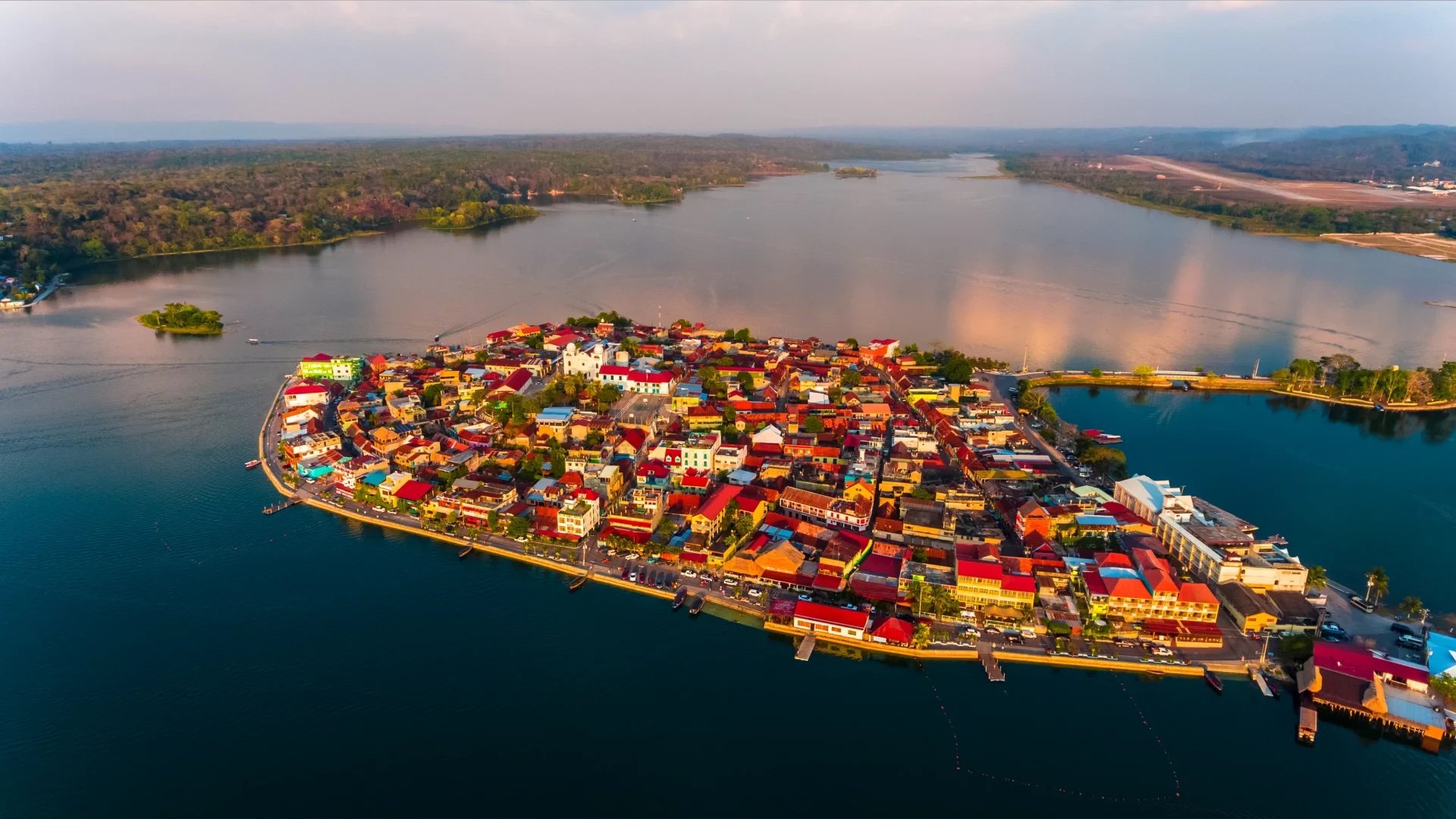
Unbeknownst to many Flores is actually one of the oldest settlements in Central America, a dating confirmed by ceramic shards thought to be from at least 900 BC.
Flores became a major Mayan hub in the 15th century after the Itza people were banished from the Yucatan region by a domineering rival tribe, the Xiu Maya. Arriving on the savanna flatlands of central Guatemala the Itza established a second home, founding the city of Nojpeten some time between 1441 to 1446 where the modern city of Flores can be found.
In the years after, the Itza Mayan kingdom experienced a long period of prosperity that was cut short by the arrival of the Spanish, since it was at Nojpeten that the last vestiges of Mayan resistance fought against the conquistadors.
The Mayan presence in Mesoamerica was snuffed out when the city fell in 1697 under the command of the religious zealot Martin de Ursua, who ordered that all the statues of Mayan idols be destroyed in the name of King Charles II. A surviving report attests that this sacrilegious task was particularly labor-intensive, taking constant work from 8 in the morning until 5 in the afternoon to complete.
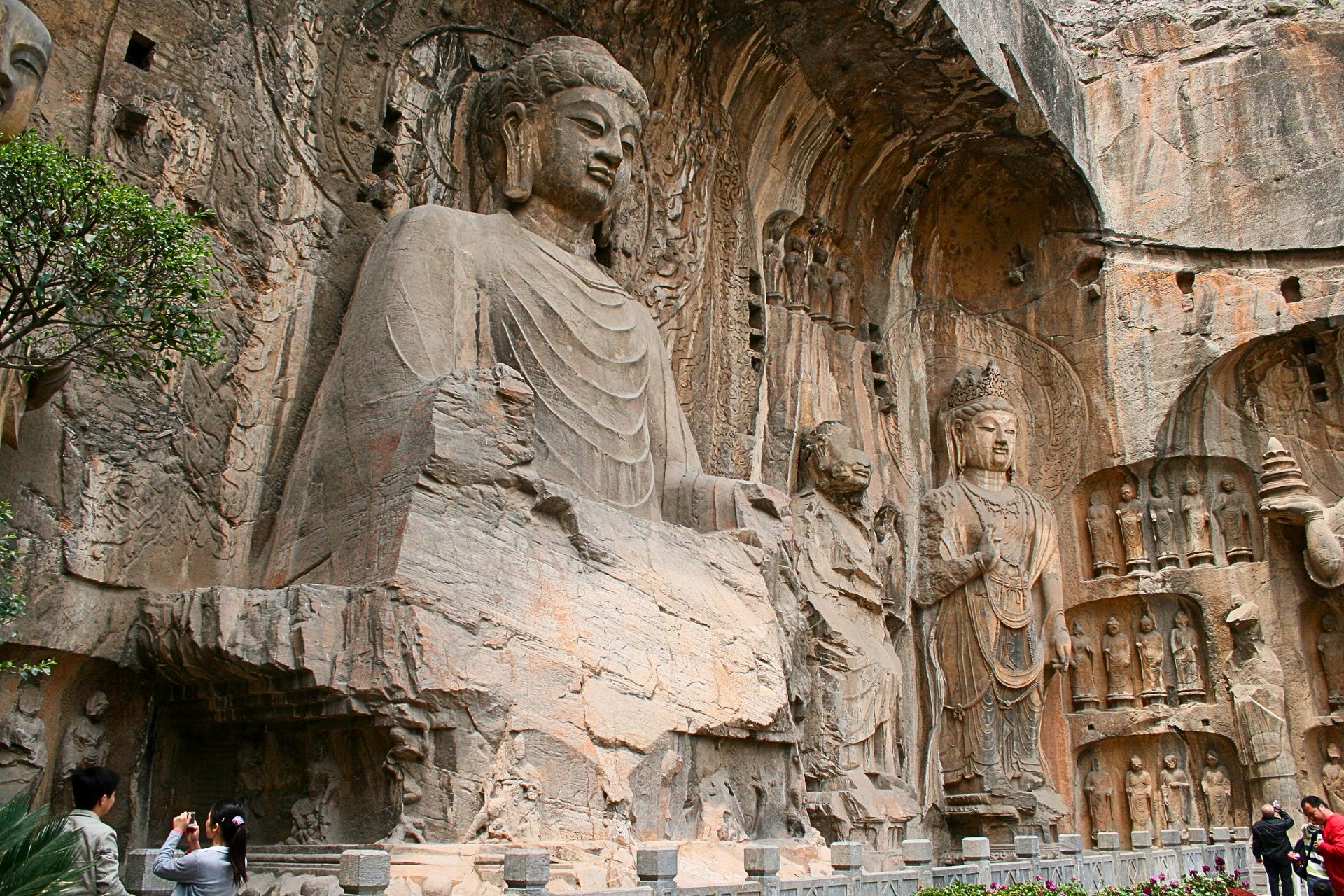
Now heralded as one of China’s most important industrial cities, behind the petrochemical plants and food-processing facilities that dot its avenues lies a secret and illustrious history.
Luoyang was established around 1150 BC right at the start of the Zhou dynasty, becoming the imperial family’s capital in 771 BC. For over millennia after it was the political center for successive regimes including the Han, the Northern Wei, the Sui, and the Tang who ruled between 618 to 907.
Situated at the intersection of the Luo and Yi rivers, Luoyang was prized for its strategic location which enabled it to more easily impose control on land and water transports carrying grain, which was most commonly handed over as tax by Chinese citizens.
A revolt in the mid 8th century ushered in a long period of decline lasting well into the 20th century, when it was reinvented as an industrial powerhouse and a tourist hub, accommodating those curious to explore the ruins of the former dynastic capitals.
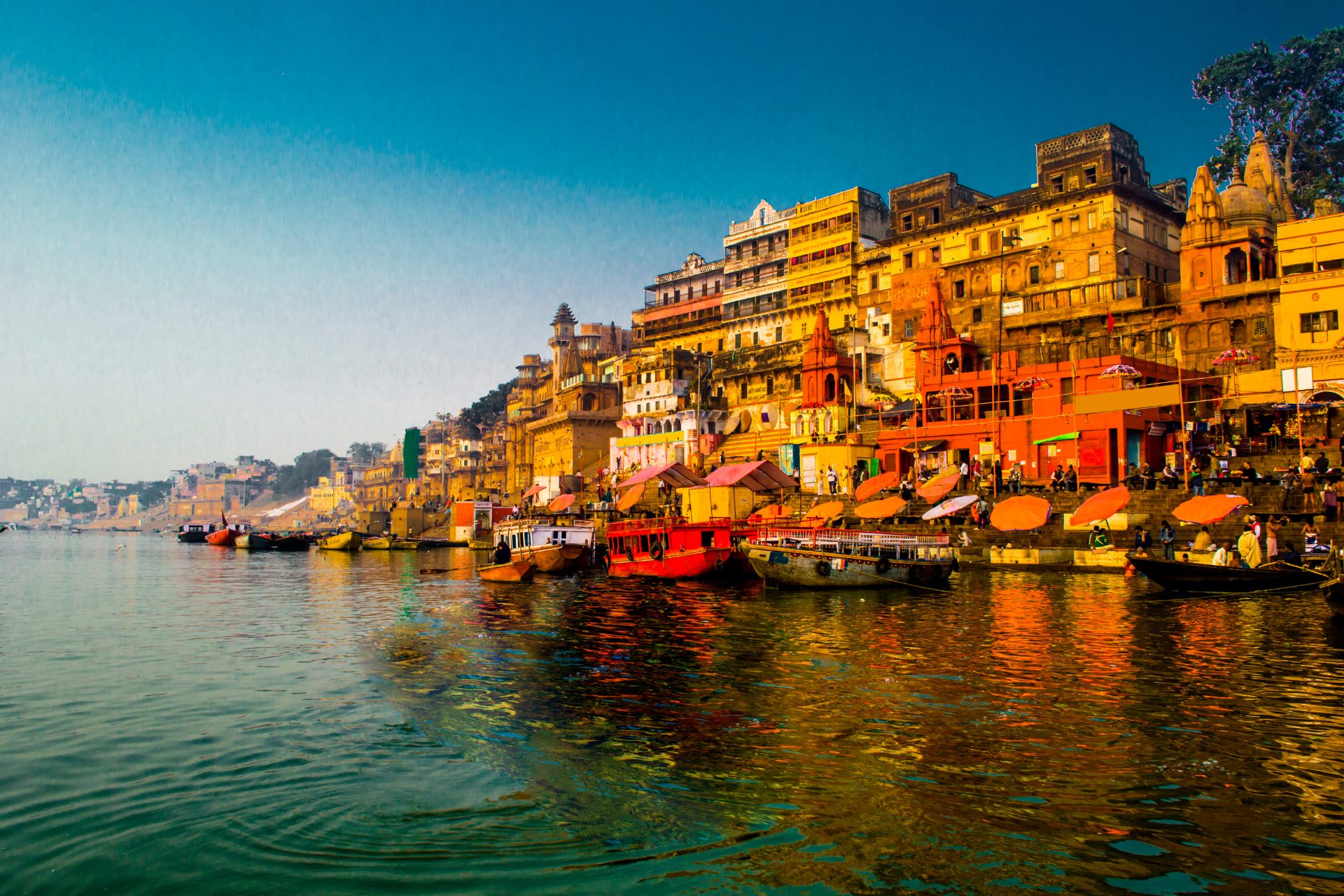
Founded sometime between 1200 to 1000 BC, Varanasi was regarded as one of the seven most sacred Hindu sites, being the holiest sanctuary of the Vedic religion by the 2nd millennium BC.
It was mentioned in the Atharva Veda, the second oldest Indian scripture, as the seat of power for the obscure kingdom of Kashi that ruled parts of the middle Ganges Valley in the 6th century BC, around the same time that the Buddha delivered his first sermon in neighboring Sarnath.
One of the city’s most famous visitors was the Buddhist Chinese pilgrim Xuanzang, who in 635 AD attested that the city extended for 3 miles along the western bank of the Ganges.
Varanasi deteriorated rapidly from 1194 under the Muslims, who razed its temples and monuments to the ground, forcing the indigenous scholarly community there to flee. In the Middle Ages the city’s cultural and religious institutions were restored by the Mughal emperor Akbar the Great, who built great temples to Shiva and Vishnu.
By the 18th century it was a proud independent kingdom but lost its autonomy when it was incorporated into the British Raj, which declared Varanasi a new Indian state in 1910.
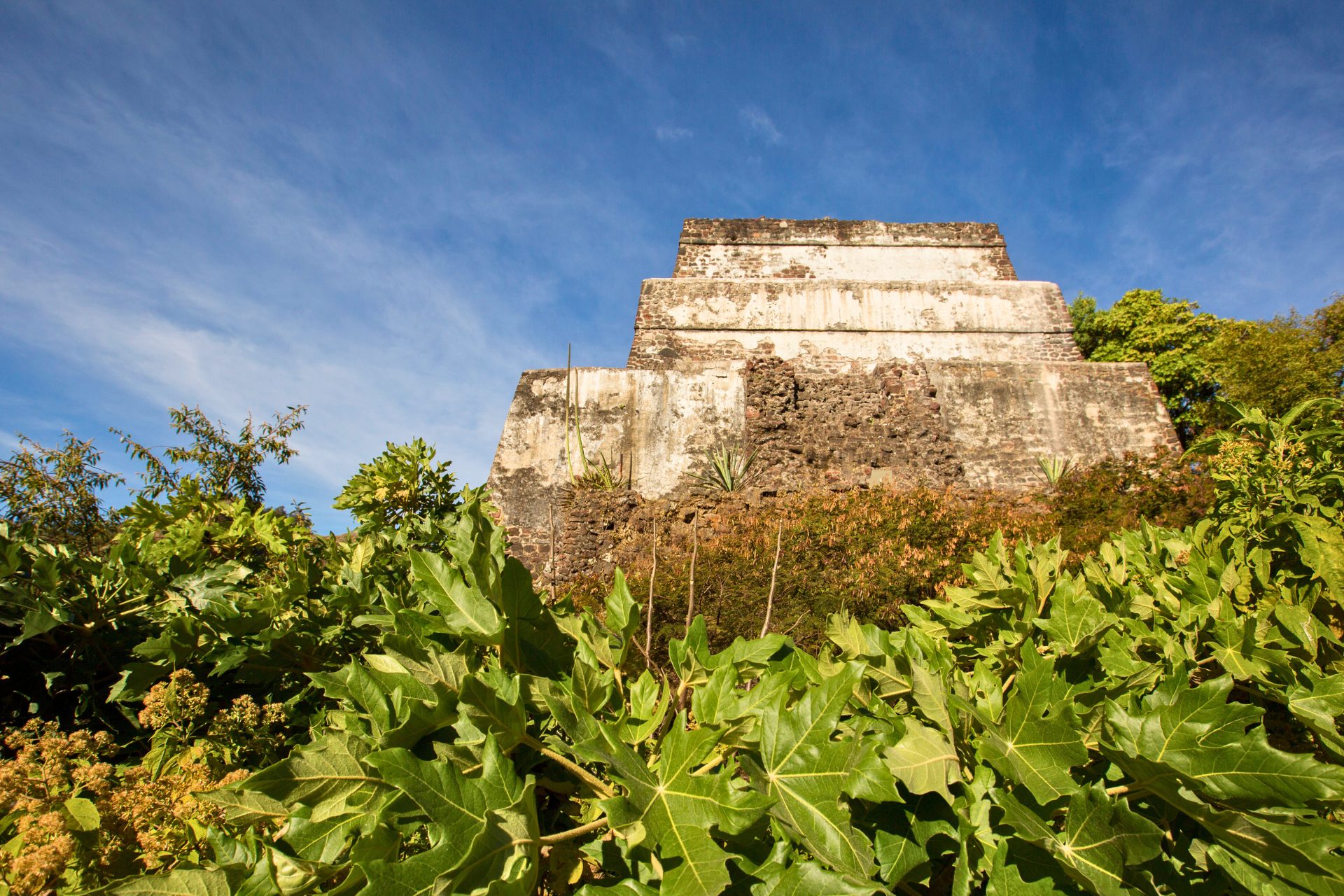
Of all the cities in North America Tepoztlán is by far the oldest to exist. The hypothesis is supported by the discoveries of ceramics and human skeletons made by the National Institute of Anthropology and History which go back to 1500 BC.
In 1150 BC the city’s star attraction, Tepozteco Pyramid, was built to serve as a shrine to the Aztec pantheon of gods. Like most other native settlements Tepoztlán was ravaged by the Spanish conquistadors, who erected a Dominican convent between 1555 to 1580, establishing a Christian stronghold from whence the word of god was spread.
In the modern political climate Tepoztlán has served as a vanguard of indigenous resistance to the Mexican government, whose efforts to over-commercial the area have often been prevented by vociferous native pushback.
In the 1980s for example Tepoztlán inhabitants stopped a cable car that would carry tourists up to Tepozteco and in the 1990s they thwarted plans for a luxury golf club. Currently, Tepoztláns are in the midst of an over decade-long struggle to oppose the building of a highway they believe will be detrimental to the local environment.
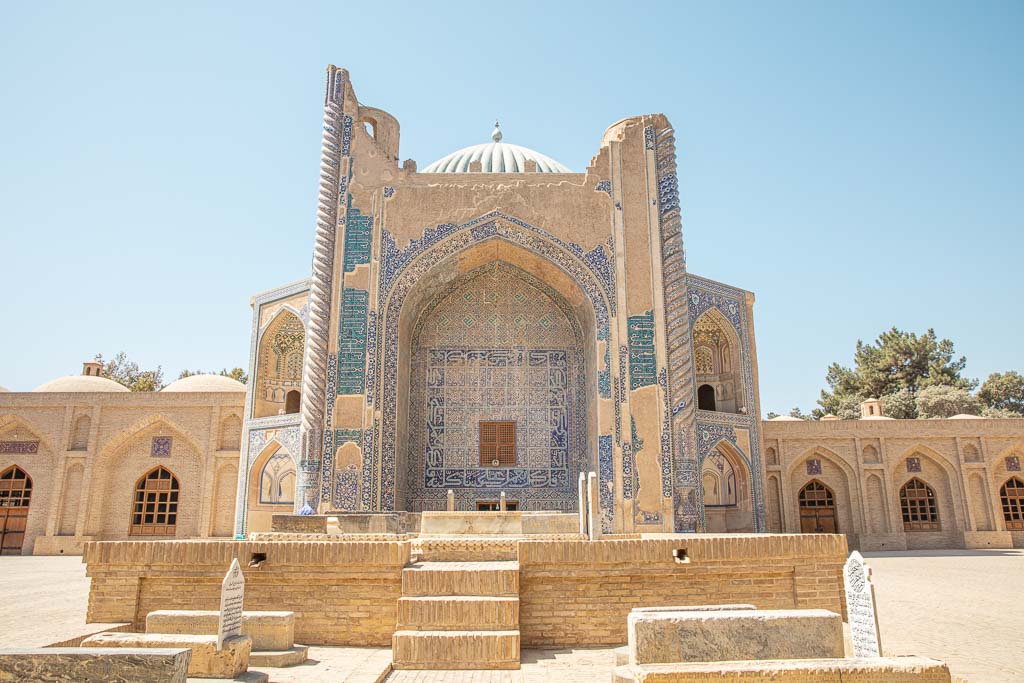
A titan of ancient theology, for much of its history Balkh was a significant center of Buddhism and Zoroastrianism that connected the meandering western and eastern paths of the famous Silk Road trading route.
Established between 2000 to 1500 BC, Balkh was captured by Alexander the Great in 330 BC during his eastern campaign of conquest, after which it became the traditional capital of the Greek satrapy of Bactria.
After being overrun by the Arabs in the 8th century, Balkh was expanded as the religious and educational center of the Abbasid and Samanid Caliphates, earning it the sobriquet ‘mother of cities’. Later in the 12th century Balkh was brought to its knees after the Mongols tore through it, existing in a state of perpetual ruin until it was rebuilt in the 15th century.
Balkh’s influence as a provincial focal-point started to wane when the tomb of Muhammad’s son-in-law, the prophet Ali, was rediscovered and reconstructed in the nearby settlement of Mazari Sharif in 1480 after being obliterated by the Mongols.
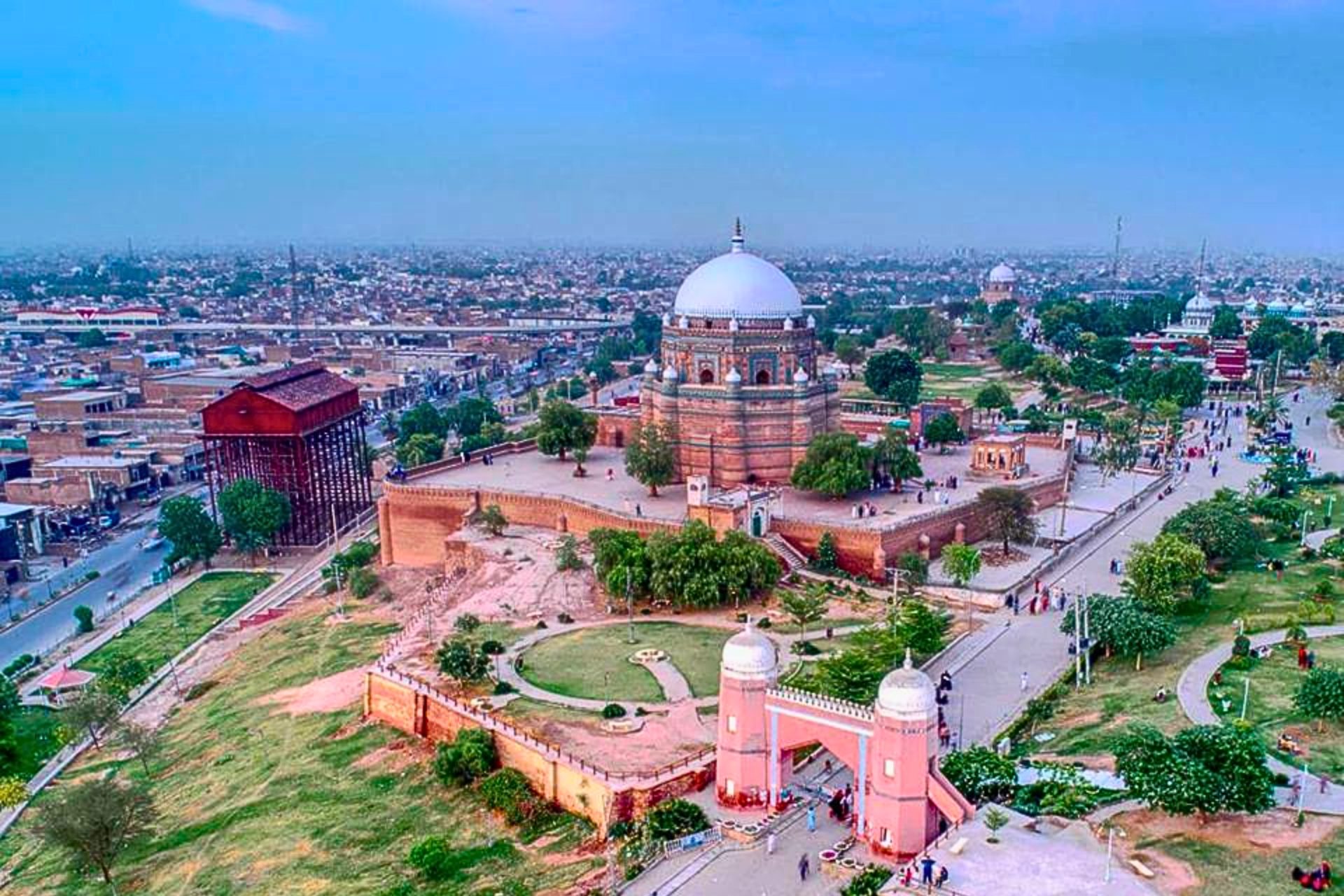
A timeworn center of agriculture and trade that derives its name from an indigenous deity of the sun, Multan has been constantly settled since 3000 BC. In the 4th century BC It first came to prominence as the capital of the Malavas, a people that exercised overlordship of the area of south central Punjab.
In 326 BC the pre-existing political order was overturned by Alexander the Great, who conquered it and consolidated it into the Greek empire. When the Umayyad Caliphate came in 712 AD Multan became an important Islamic outpost in India. Later in the 10th century the Qarmatian heretics, who refused to accept the authority of Fatimid caliph Ubayd Allah, used it as a safe haven.
Throughout the 2nd millennium AD Multan was conquered by the Turks, Tamerlane, the Afghans and the Sikhs during an insurrection in 1818. Next it was administered by the British government from 1848 before becoming part of an independent India by 1948.
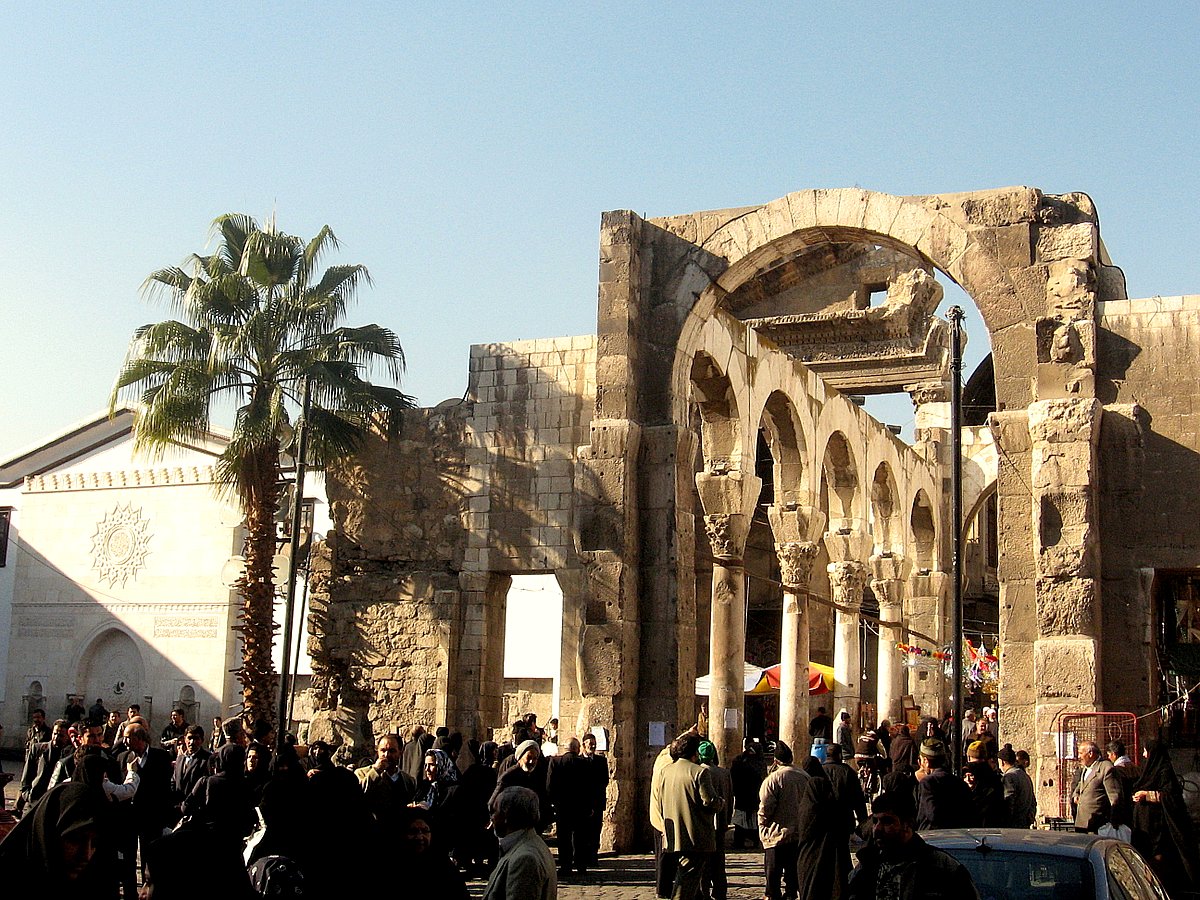
Damascus is the oldest capital city in the world and was first mentioned by the Egyptians in 1400 BC when it was listed as one of their conquered territories, Dimashqa. Because its name is pre-semitic in origin, one school of scholarly thought believes it was established even before 3000 BC in the murky haze of prehistory.
It’s an argument further supported by the existence of a complex irrigation system that predates 2000 BC and the fact that it is noted in the Bible as the capital of the antediluvian empire of the Arameans.
Between the 8th century BC to the 1st century BC, Damascus changed hands multiple times and was ruled consecutively by the Assyrians, the Babylonians, the Persians, the Greeks, and the Romans. Thanks to the influence of St. Paul it became an early Christian stronghold, with a church built on the foundations of a temple of Zeus by the Roman emperor Theodosius I in 379 AD.
In 1516 it was annexed by the Ottoman Empire, remaining a colony for 400 years. In the 20th century it was captured by the British in 1918 during World War one and seized again by a combined British-French Force in World War Two, becoming the capital of Syria in 1941.

A city that stretches back 5000 years, Jerusalem has been around since the dawn of antiquity, its first inhabitants putting down roots during the Chalcolithic Period in and around 3500 BC. Jerusalem’s name may derive from the Caananite god of Dusk, Shalem whose name means peace, which is rather ironic considering that the Holy City has always been a volatile flashpoint for conflict.
At the end of the Bronze Age it was invaded by the Kingdom of Egypt under Tuthmose II, while during the Iron Age it was laid to waste by the mysterious Sea Peoples, a shadowy band of pirates that wreaked havoc around the Mediterranean basin between 1276 to 1178 BC.
Jerusalem also fell victim to Alexander the Great in 330 BC, was sacked by the Romans in 63 BC and 70 AD, and was taken by the Holy Knights of the First Crusade in 1099 after nearly 500 years of Muslim rule, after which it was retaken by Saladin at the 1187 Siege of Jerusalem. Within living memory, parts of Jerusalem were annexed by the Israelis during the Arab-Israeli War of 1967.
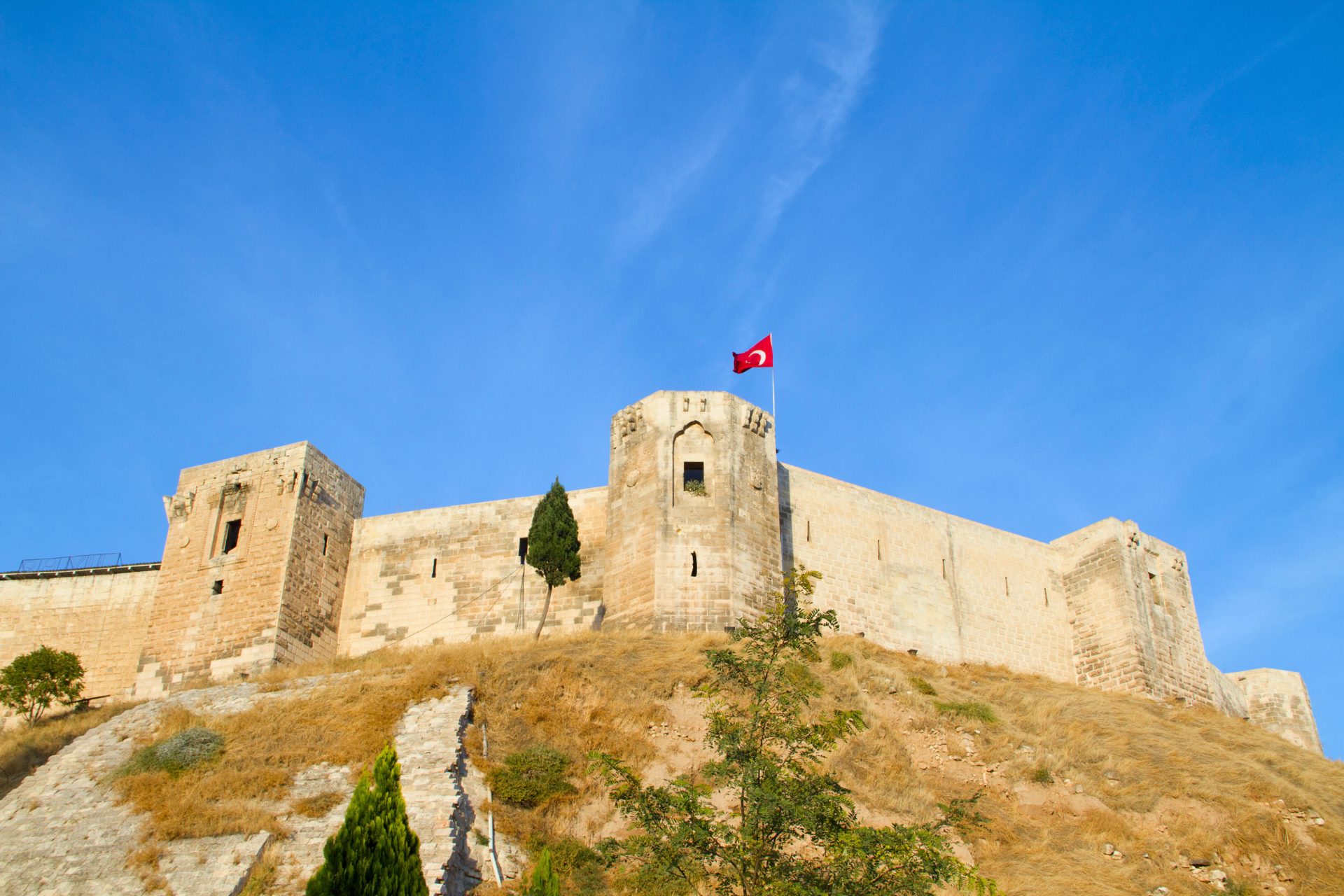
Gaziantep is a city in south-central Turkey strategically situated at the crossroads of many ancient trade routes by the Sacirsuyu River. An analysis of pottery fragments has illustrated this commercial hub has been around since at least 3650 BC.
Until its capture by the Turks in 1183 Syrian trade networks were policed from Gaziantep Castle, which possesses 36 watchtowers. Although the identity of the original builders remains a mystery, it is known that the Byzantines undertook renovations in the 6th century while a further refurbishment took place in 1557 at the bidding of Suleyman the Magnificent.
Gaziantep changed hands many times until the early 16th century, when it was merged into the Ottoman Empire, while in 1921 the castle was used as a base by resistance fighters fending off French occupation. Unfortunately, Gaziantep Castle was damaged during the recent Turkish earthquake, with many of its ramparts and walls either completely destroyed or heavily cracked.
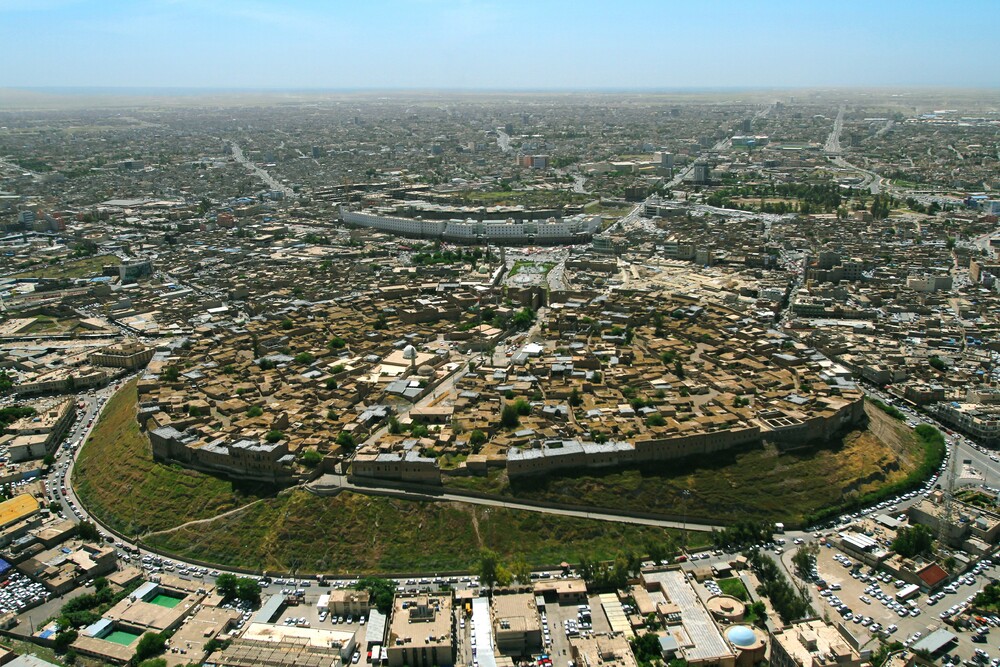
Perched on a hill overlooking the modern-day metropolis are the ruins of Erbil Citadel, a place that researchers believe has been the site of human habitation since at least 5000 BC.
Residing on the intersection of several ancient commerce lines, Erbil was also an early adopter of Christianity before it was seized by Muslim raiders in the 7th century. By the 14th century it had turned majority Muslim following its conquest by the Central Asian warlord Tamerlane, and from 1200 onwards Erbil was a major power in the region.
As a result of UN sanctions and embargoes, Erbil suffered economically under Saddam Hussein’s dictatorship and was the site of civil strife between Iraq’s two major Kurdish parties between 1994 to 1998. In September 2014 Erbil witnessed another eruption of violence perpetrated by members of the terrorist group ISIS, who attacked the Kurdish capital in response to the involvement of Iraqi Kurds in the campaign to crush them.
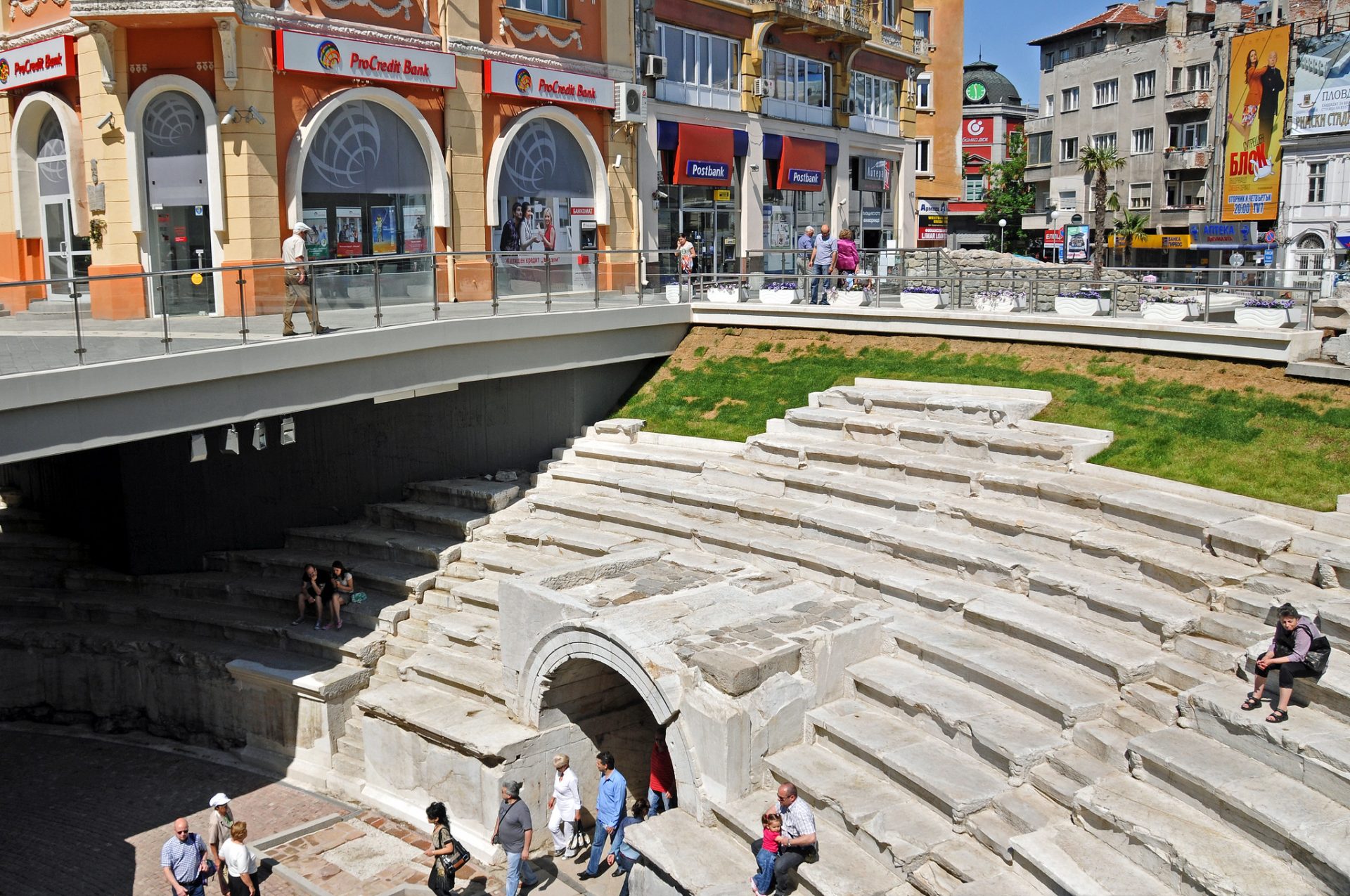
Situated on the crest of a hilltop plateau, the complex of Nebet Tepe in Plovdiv can be dated all the way back to 6000 BC when the first inklings of human life can be detected.
In 1200 BC this neolithic conurbation was augmented by Thracian hill forts which kickstarted a millennia-long process of urban expansion. As a fledgling city in 342 BC it was conquered by Phillip II of Macedon, who renamed it Philippopolis, transforming a once insignificant outpost into the most important city in Thrace.
In 72 BC it was pillaged by the Romans who rechristened it as Trimontium and furnished it with additional fortresses, aqueducts, a sewage system, and a stadium that could seat 30,000.
Taking advantage of the ailing Byzantine empire in the 7th century the Slavs took the city for their own, and by 834 it had been incorporated into the Kingdom of Bulgaria. Throughout the Middle Ages Plovdiv was passed around no more than ten times, eventually becoming a colony of the Ottoman Empire for over five centuries before Bulgaria gained its independence in 1908.
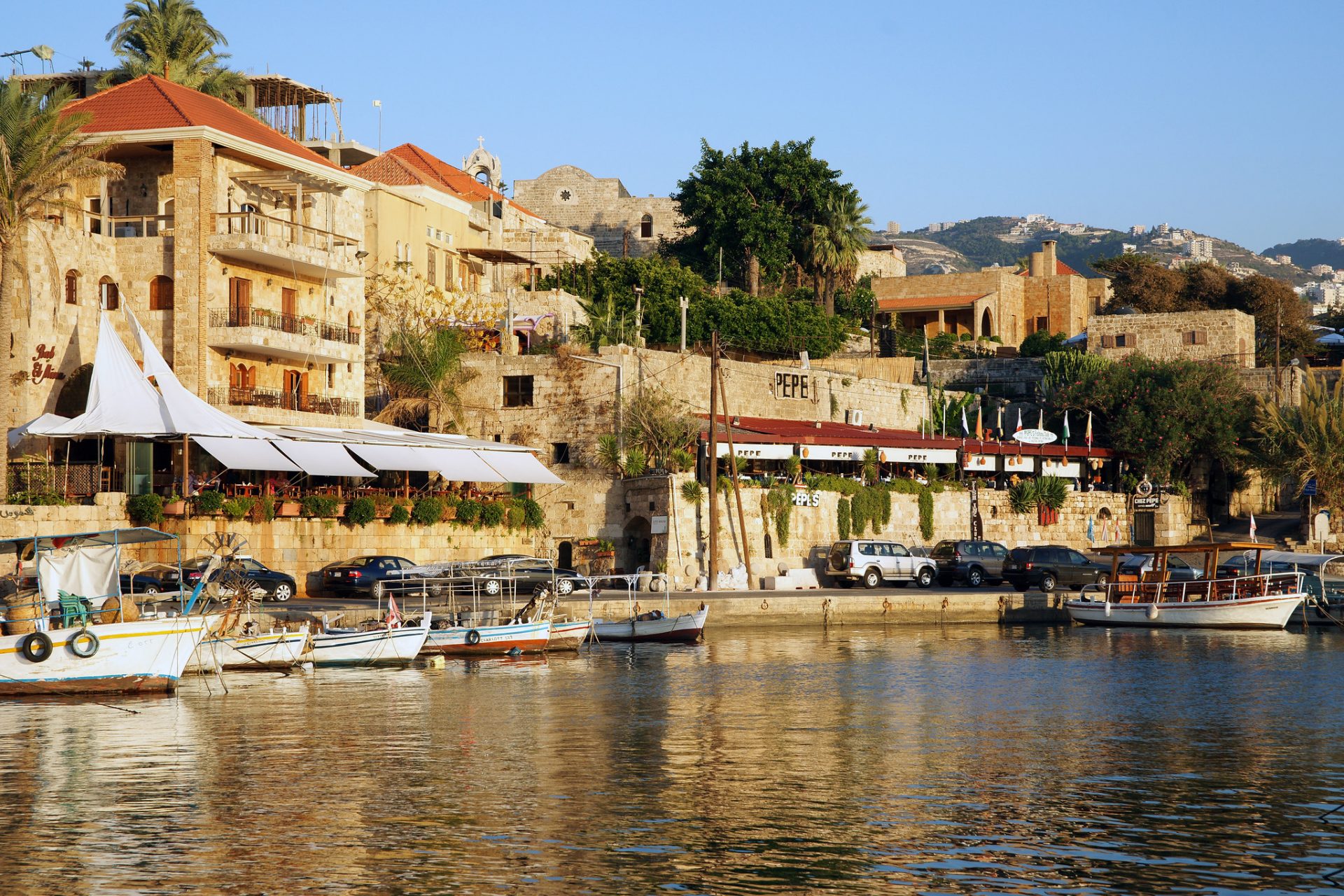
Archaeological evidence illustrates that a primitive tribe of fisherman inhabited the shores of Byblos around 8000 years ago, meaning it dates back to around 6000 BC.
By 3000 BC it had become one of the most important entrepôts of the ancient world and a famed exporter of Lebanese cedar wood, a prized material often used in construction. The city was also renowned as a shipbuilding center and was the birthplace of the Phoenicians, the most skilled sailors of their day.
In 2150 and 1725 BC Byblos was invaded respectively by the Amorite and the Hyksos tribes, and was later assimilated into the kingdom of Ancient Egypt in 1580 BC. Under the Egyptians, the denizens of Byblos developed what would eventually become the modern alphabet which began to be spread to other realms, replacing cuneiform script via Greek merchants from 800 BC.
From 1100 BC the importance of Byblos began to fade as neighboring Tyre grew in stature, and it became somewhat of a forgotten backwater under the Romans, Byzantines, and Muslim Arabs. Its reputation as a vital cultural nexus was only restored in 1860 thanks to the efforts of French historian Ernest Renan.
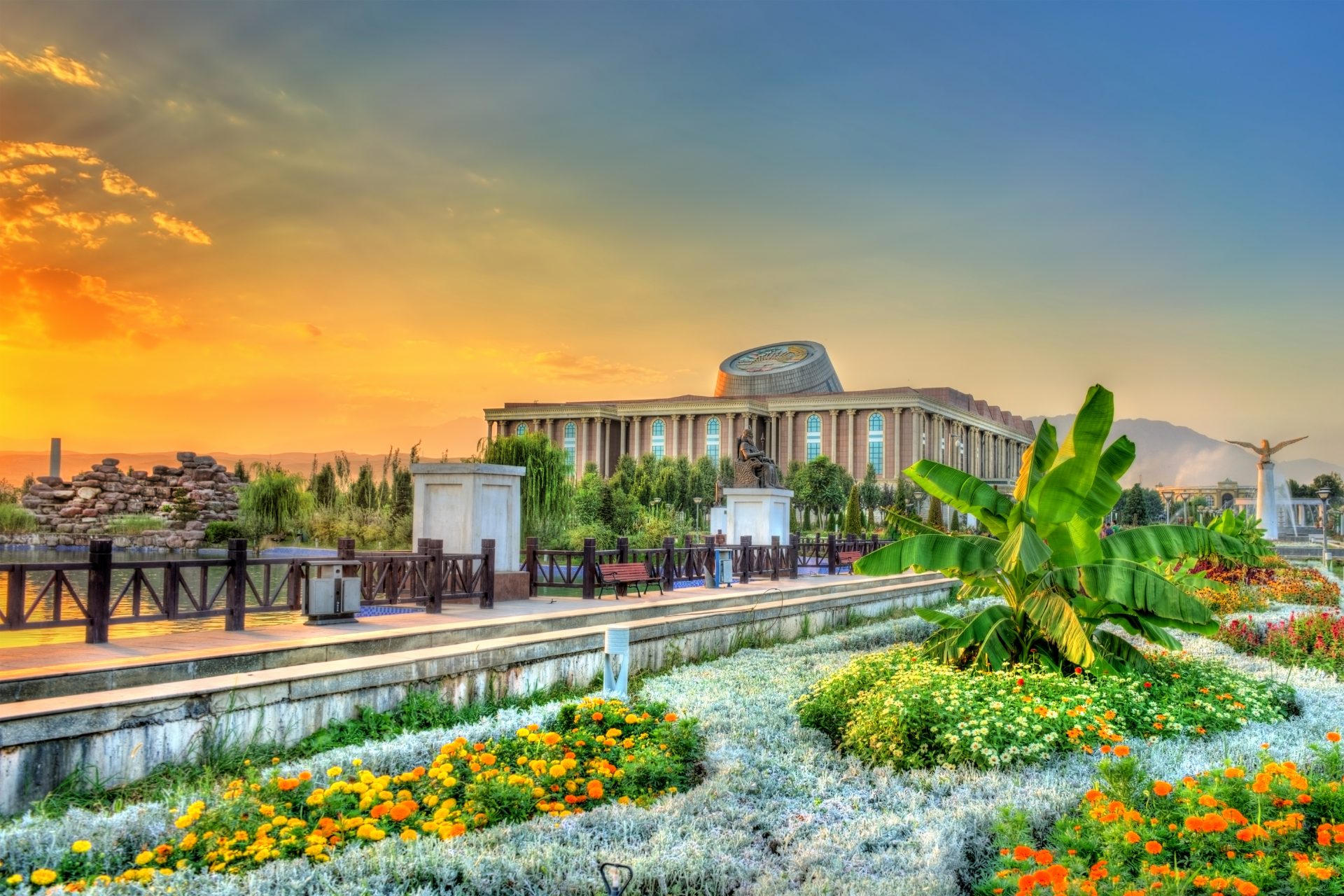
Situated in the middle of the Gissar Valley and more than 800 meters above sea level, Dushanbe was first settled by the Hissar culture in 6000 BC. Its name means ‘Monday’ in reference to the day when a large bazaar was convened.
Numerous archaeological finds have shown that even in distant antiquity its residents enjoyed a sophisticated way of life, with silver coins and earrings of alloyed gold and silver among the more impressive treasures uncovered.
Later on in the 3rd century BC the remnants of Alexander the Great’s audacious Asian expedition founded Greco-Bactrian settlements in the area surrounding Dushanbe, transporting Hellenistic culture as far as the western Chinese frontier.
In 1920 Dushanbe was assimilated into the Soviet Union after the Russians subdued the despotic Khanate of Bukhara and was renamed Stalinabad in 1931, reverting back to its original name a few years after Stalin’s death in 1961.
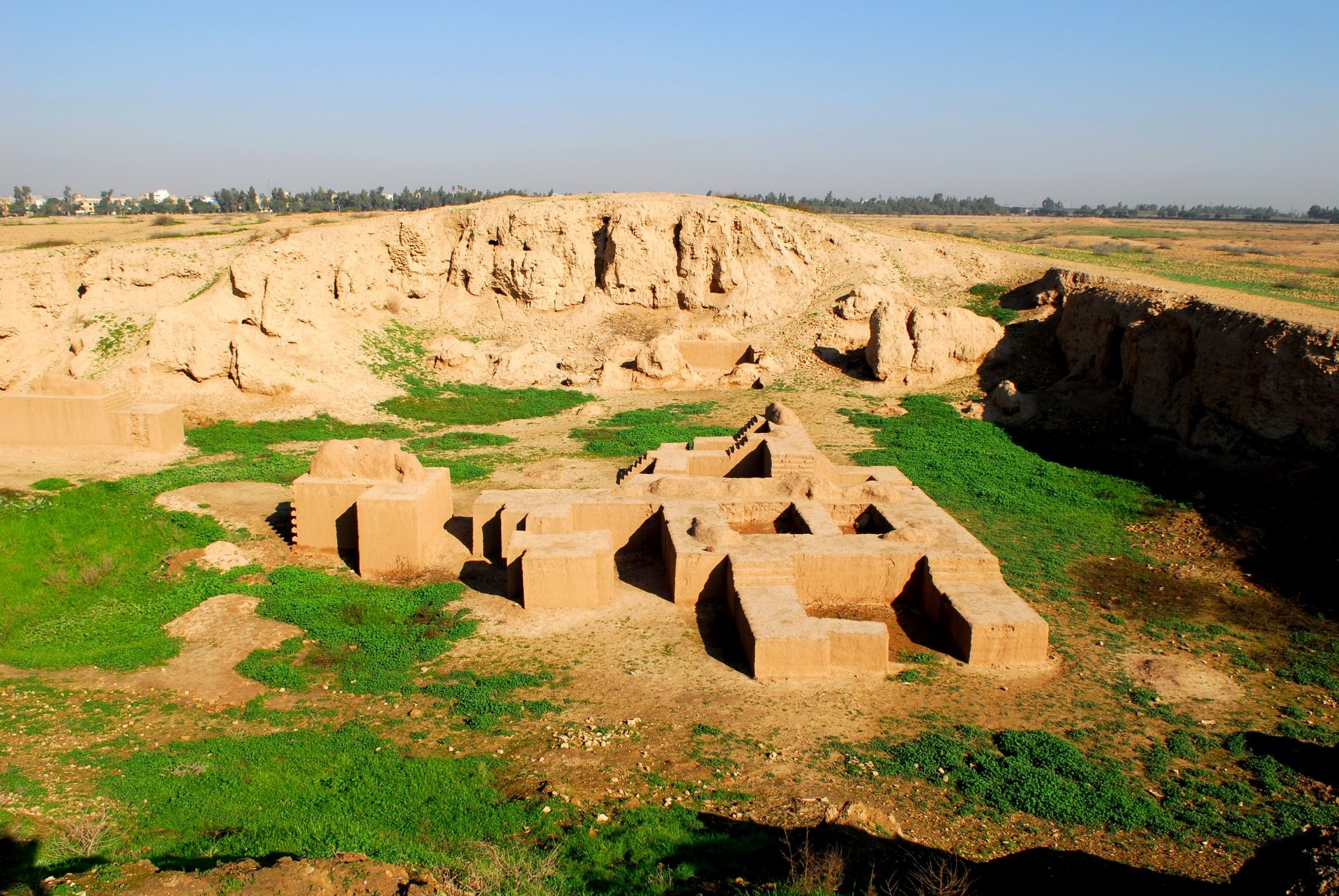
From the early fourth millennium Susa became the political center of the Elam civilization, an ancient realm that covered southwestern Iran. The archeological record shows that this Middle Eastern settlement has been around for time immemorial, with the oldest populace dating back to 7000 BC.
Susa is even referenced in the Biblical books of Daniel, Ezra, Nehemiah, and most significantly in the Book of Esther, where it is said to be the home city of Nehemiah and Daniel.
In response to aggressive overtures from Elam, the metropolis was brutally demolished and its holy statues were stolen by Hammurabi of Babylon In 1764 BC, while later on between 645 to 640 BC it was ravaged by the Assyrian king Ashurbanipal. From the reign of Cambyses II, who died in 522 BC, it was made the capital of the Persian Empire, later becoming a favorite haunt of his successor, Darius the Great.
For many centuries after Susa was an intellectual and cultural powerhouse until it was decimated by the Muslims in 638, and finished off by the invading Mongol hordes in 1218.
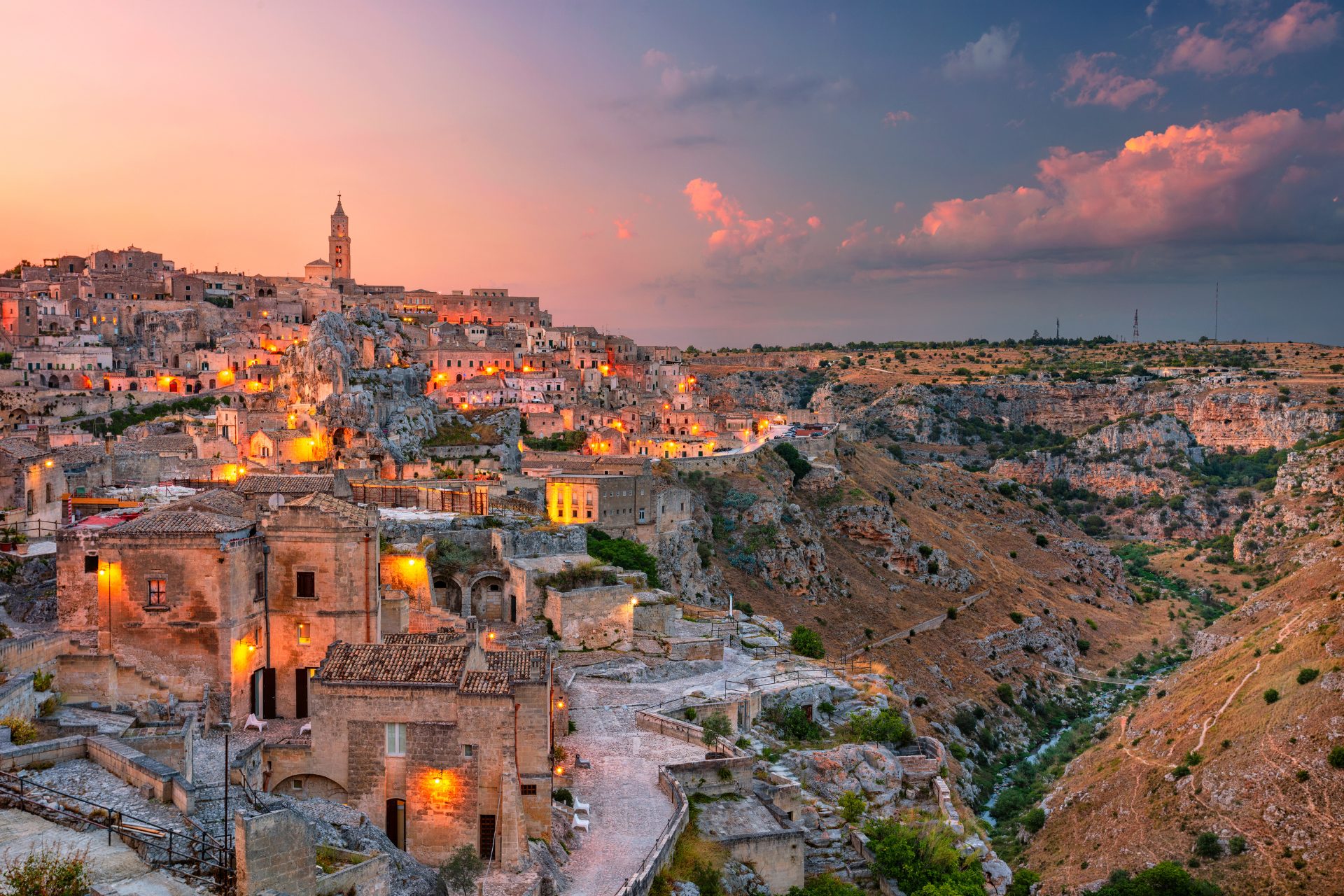
Matera is not only the oldest city in Italy but probably the whole of Europe. It’s a claim supported by the incredible age of its labyrinthian underground network, the Sassi di Matera, which has been the site of constant settlement since 7000 BC. Some have speculated it may be even older after a 150,000 year old hominid skeleton was discovered in one of its many caves.
Matera however has not always been appreciated, and was once referred to as the ‘shame of Italy’. In his 1945 memoir Christ Stopped in Eboli, author Carlo Levi described it as a place riven with poverty, disease, and superstition and how its people still lived in cramped and unhygienic caves.
Following a mass relocation scheme in the 1970s and 1980s Matera was revitalized by the embarrassed Italian government. Now a top tourist destination that commonly plays Ancient Jerusalem in blockbuster hits such as Mel Gibson’s The Passion of Christ, it became a UNESCO World Heritage site in 1993 and was acclaimed as the 2019 European Capital of Culture.
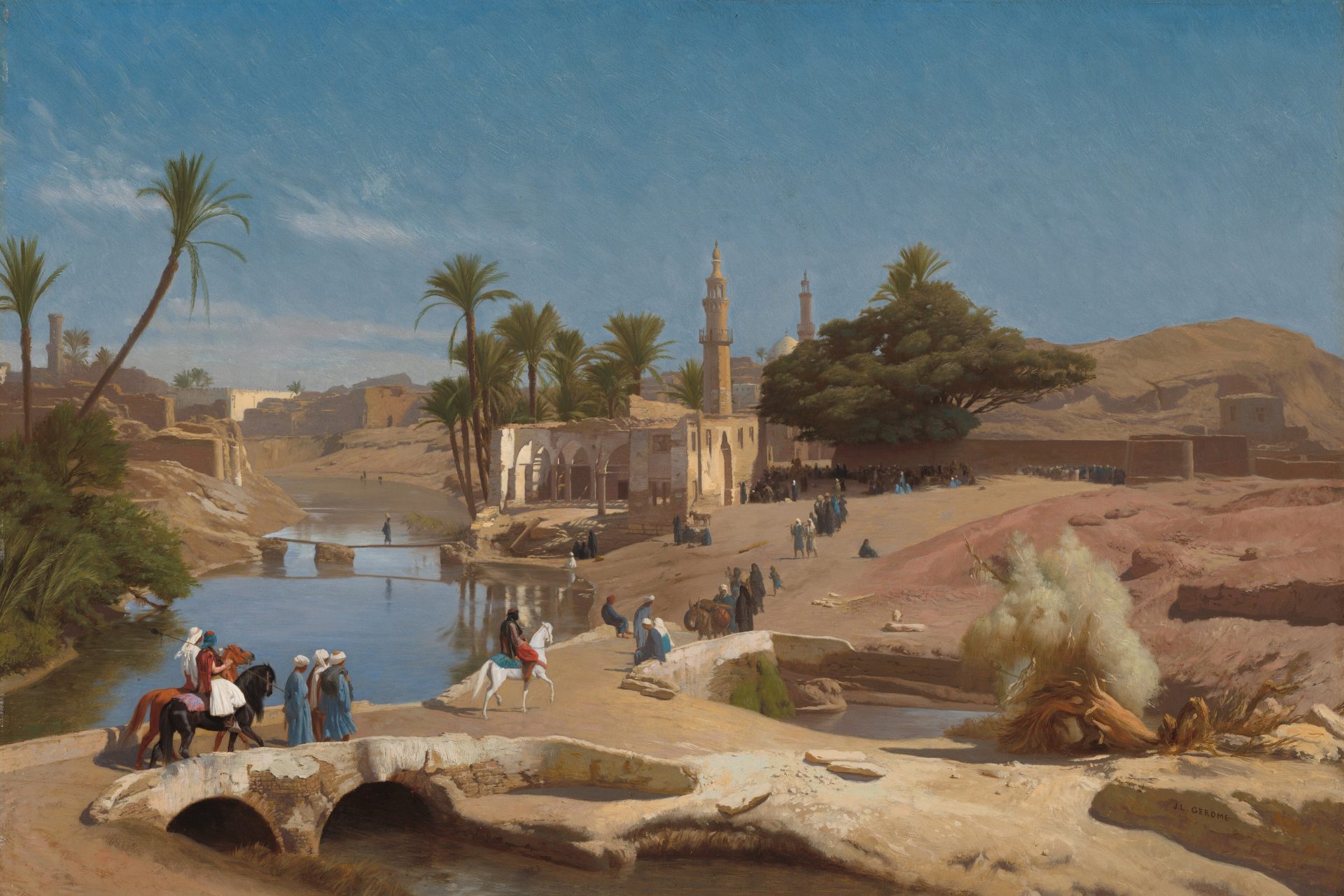
The present day city of Medinet-el-Faiyum can be found in the fertile plains of Egypt south of Memphis, which was referred to simply as Faiyum to ancient observers. Faiyum’s fecund soil emerged after a tributary of the River Nile silted up and changed course some time before 7200 BC, when the first primeval farmers began establishing themselves there.
This verdant paradise flourished during the Old Kingdom era between 2613 to 2181 BC, becoming the favored hunting grounds of the Egyptian aristocracy who referred to it as the “Land of the Southern Lakes”. Under the pharaoh Amenemhat I a great canal system was dug out that facilitated the flooding of the basin, creating one of the earliest recorded artificial lakes, Lake Moeris, which in turn transformed the surrounding desert into a lush garden.
Faiyum’s prosperity continued under the Romans after their annexation of the region during the reign of Emperor Augustus, who extensively repaired the irrigation networks and turned it into the bread basket of his kingdom. By the time of the 7th century Arab invasions however much of Faiyum’s soil had lost its vitality due to overuse. Although still capable of producing bumper crops on occasion, the depletion of its natural resources and overpopulation meant it could never recreate the consistent high yields of the past.
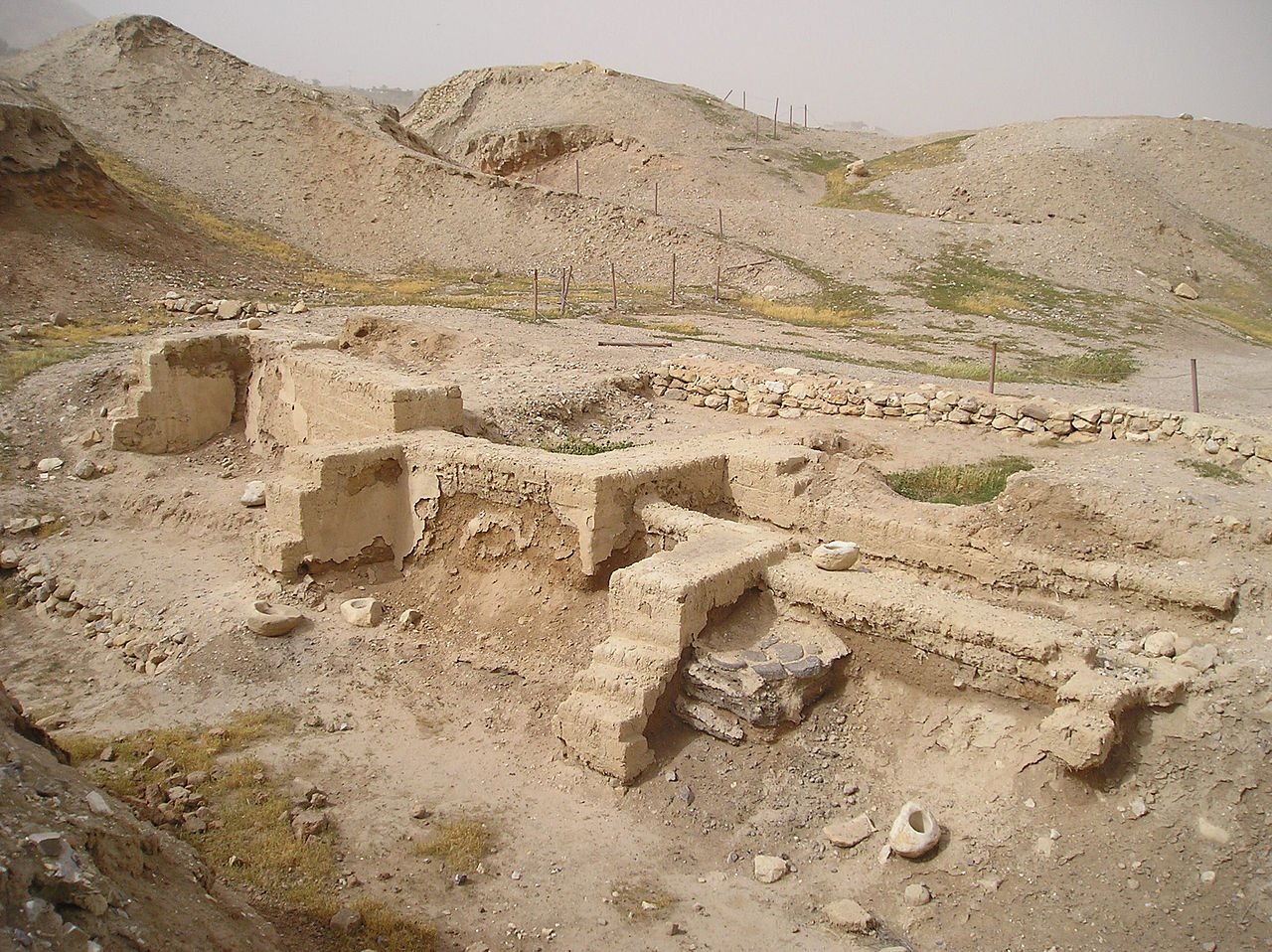
Since 1907, archaeological excavations have revealed Jericho to have 20 layers of settlement. Thus it is thought to have been established in 9000 BC, making it the oldest continuously inhabited city in the world. By 6000 BC, it was a walled city populated with around 2000 inhabitants.
Jericho is so ancient that it is mentioned in the Old Testament. According to scripture, the walls of Jericho fell to the blast of Joshua’s trumpets as Israelite slaves fled their Egyptian masters during the Exodus.
In 35 BC Marc Antony, a contender for the Roman throne, gifted the city and its perfume producing persimmon groves to his lover Cleopatra. Later on Jericho was laid to waste by emperor Vespasian during the First Jewish War, a rebellion against Roman overlordship that raged between AD 66 to AD 77, while during the reign of Emperor Hadrian it was rebuilt.
More recently it was administered by Israel between 1967 to 1994, and handed back to Palestine after the signing of the Israel-Palestine Liberation Organization peace accord in 1993.
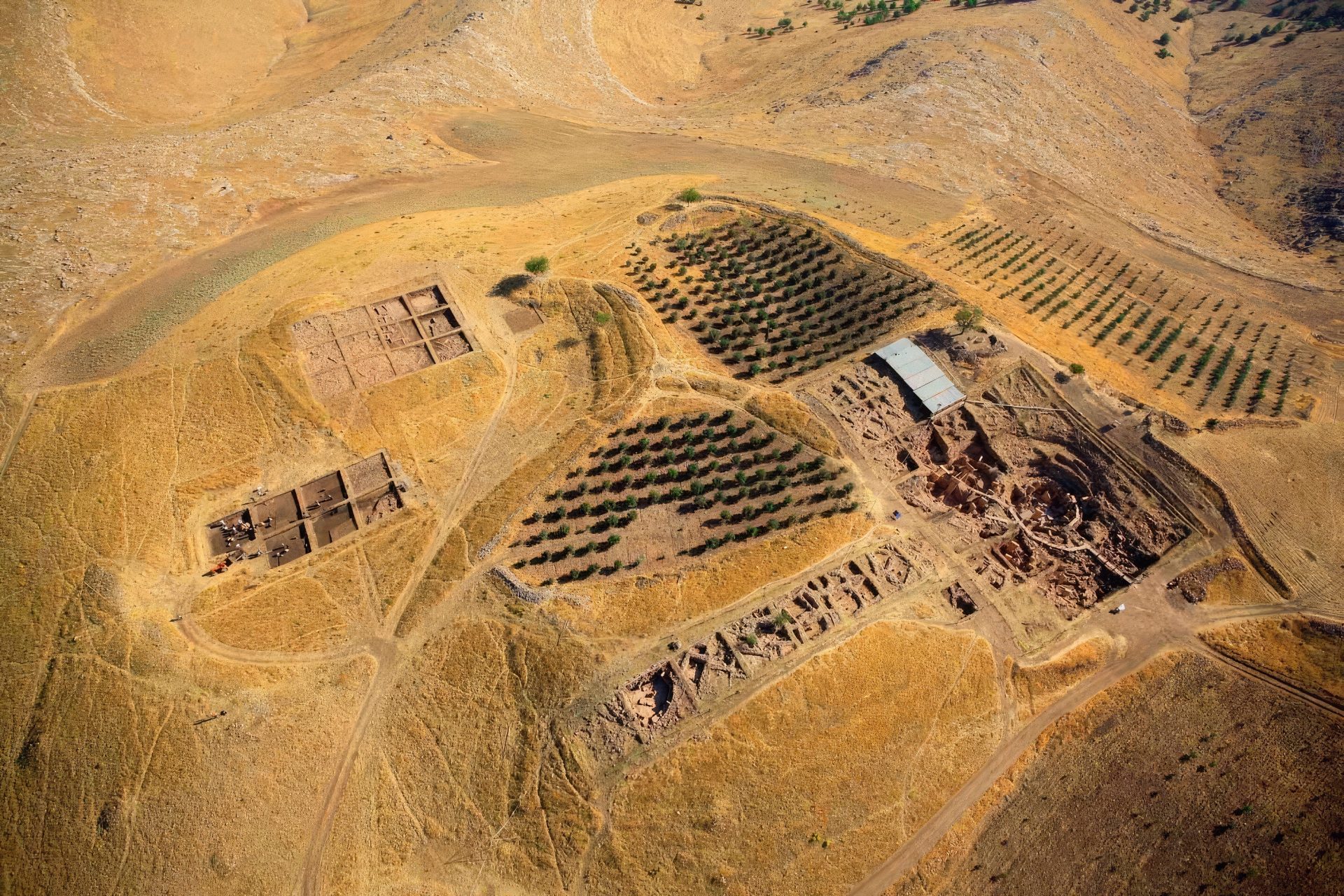
Often pointed to as the cradle of civilization, Göbekli Tepe was founded in 10,000 BC and has been lauded as the oldest city in the world and a place where the very notion of organized human society was conceived.
Originally discovered in 1964 but only identified as a site of massive importance by archaeologist Klaus Schmidt in 1994, it completely overturned the theory that Neolithic people were yet to form groups together. The stone monolith inside the site, comprising several 16 ton stone pillars purposely placed in a circle, provides the most compelling and earliest evidence of human cooperation, organization and religion.
Alongside the temple, heralded as the first of its kind, were found a treasure trove of prehistoric tools such as knives, choppers, and projectile points as well as several astonishing sculptures depicting spiders, scorpions, wild boars, and a figure kneeling with a human head in his hands.
Perhaps the most mind-boggling conclusion that can be drawn from Göbekli Tepe is that human sense of sacredness and spectacle might be responsible for the creation of civilization rather than the more commonly cited rise of agriculture and trade.
